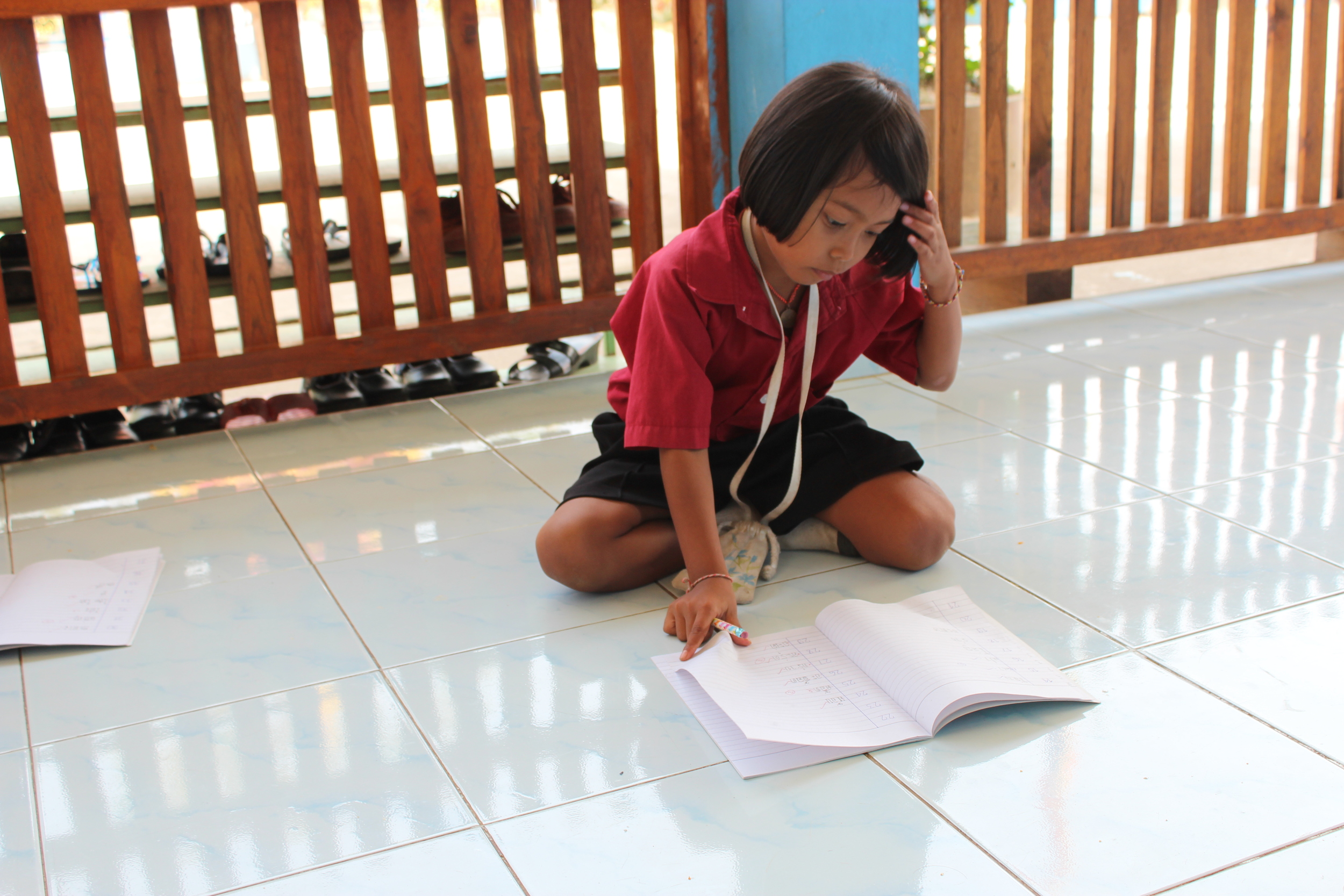SynPhony: A tool for developing learning materials
/The order in which to introduce letters and sounds is important for young students as they begin to learn to read in their language. Rigorous analysis is often required in order to create effective teaching and reading materials, especially for lesser-known languages.
SynPhony (from "Synthetic Phonics") helps simplify this process by optimizing the introduction of letters and words in a reading curriculum. The web-based program, developed by linguist Norbert Rennert from the Canada Institute of Linguistics, is a smart system designed to rapidly analyze a collection of texts in a particular language, identify the patterns within the language, and effectively display them in a way that is easy to use. SynPhony provides a platform for producing efficient applications for teaching reading and can be used with almost any of the more than 7,000 languages on earth.
Rather than introducing students to all the symbols used to represent their language at once, SynPhony suggests a relevant order for presenting new symbols and words, and matches the words selected to the student’s reading level. This allows the learner to acquire the most common elements of a language first and progressively move through an alphabet. SynPhony also has the capability to evaluate texts for their readability and to create literacy-related word games.
SIL LEAD supports key technological innovations like SynPhony for communities and their partners to foster language development. With access to simple technologies like Synphony, communities can take hold of their own development and direct their own path towards progress.
“SynPhony can save you hours and hours of time trying to find just the right words for each lesson. … It’s just amazing what it can do! … I can try out innumerable different sequences at the click of a mouse”
Norbert Rennert, a researcher at the Canada Institute of Linguistics, is the creator of the SynPhony technology and has experience living and working in low-resource contexts to produce literacy materials and programs. Having previously lived in Suriname, South America, for 10 years as a linguist and translator, Mr. Rennert understands the challenges faced by educators and teachers looking to develop reading programs and books for minority language communities.
To learn more, visit SynPhony’s website at http://call.canil.ca/.












